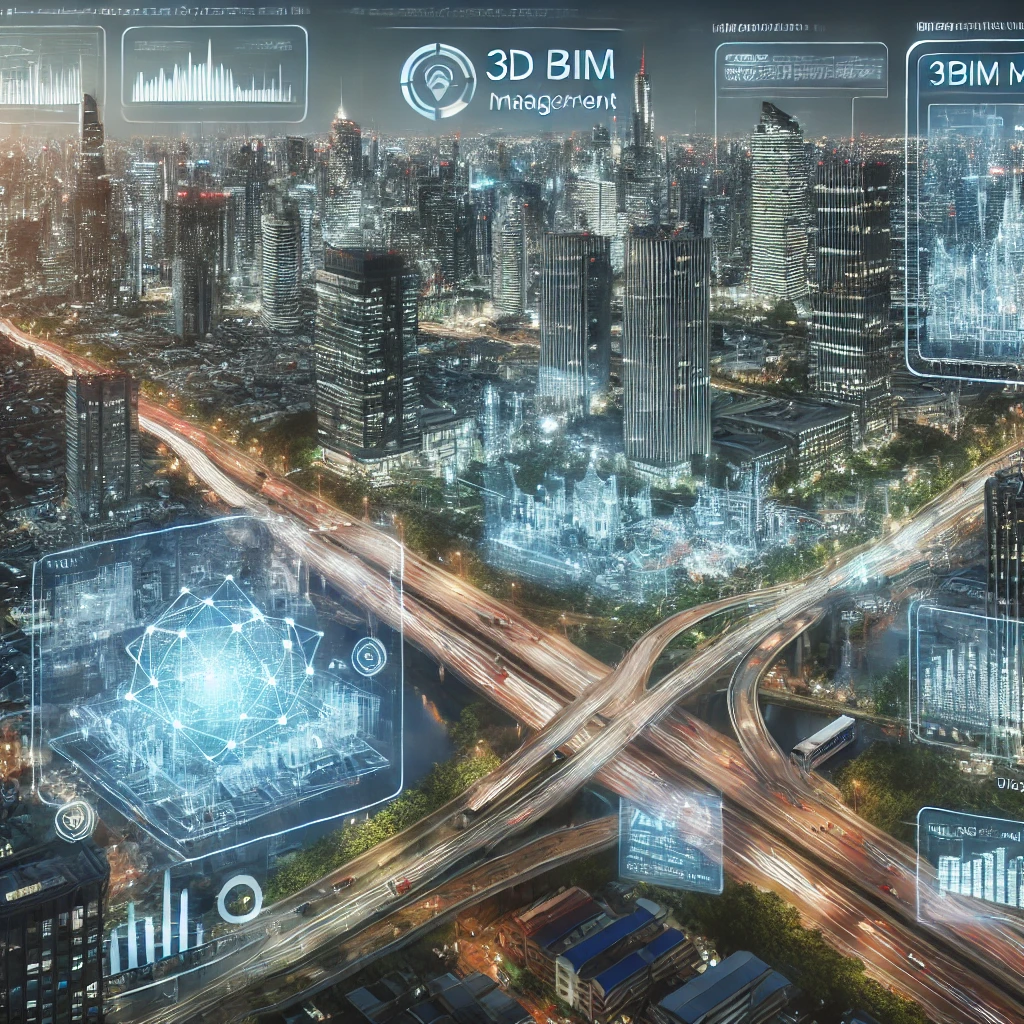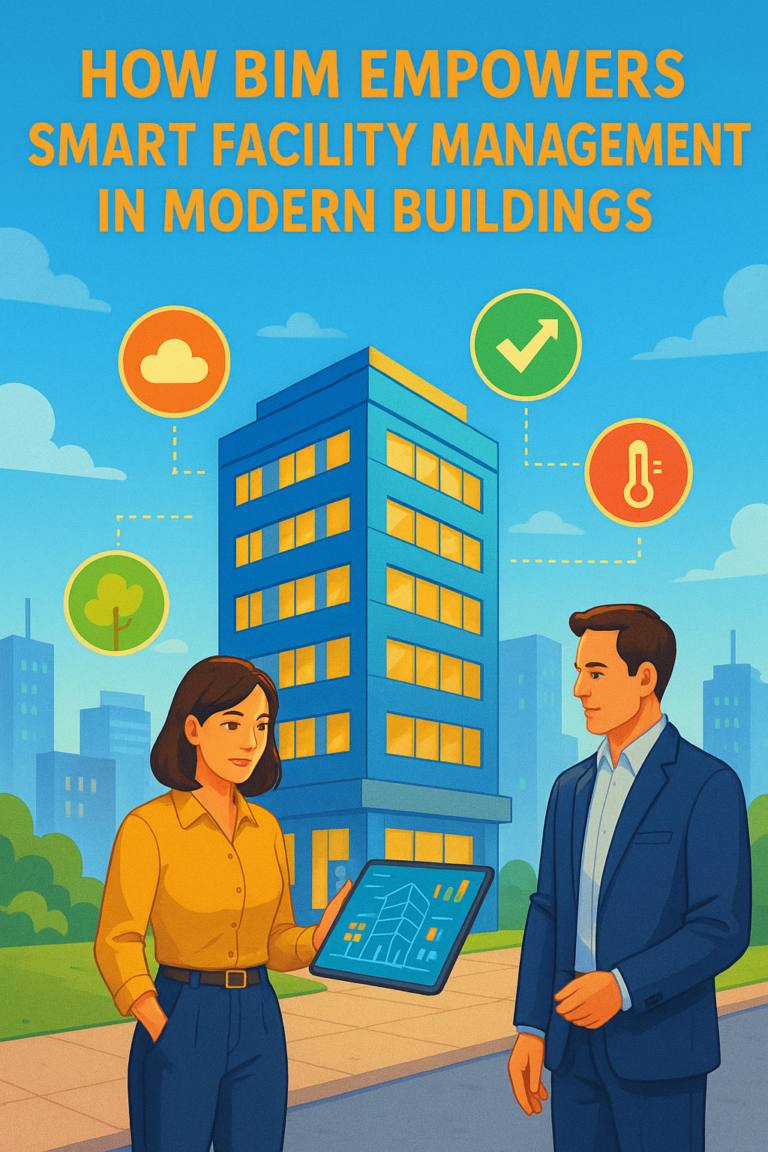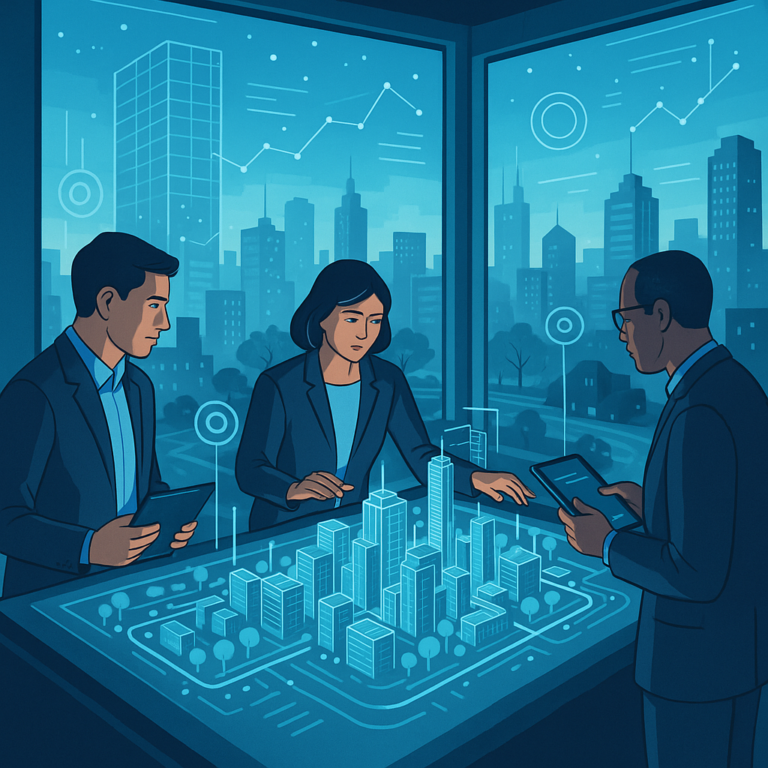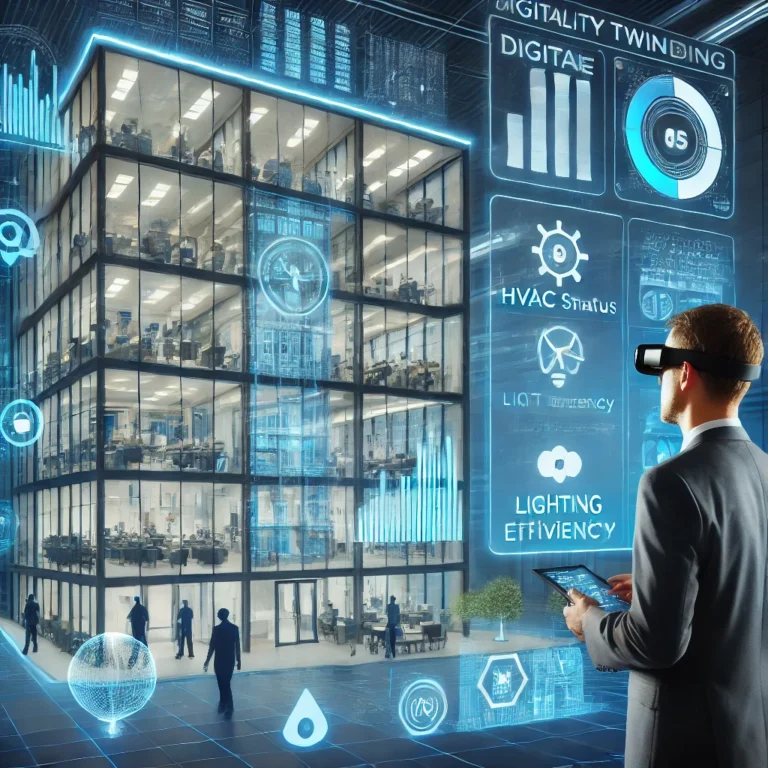
Introduction
As cities continue to expand, the need for efficient, sustainable, and well-planned urban environments has never been greater. Building Information Modeling (BIM) is no longer just a tool for architects and engineers—it is playing a crucial role in the development of smart cities. From digital twins to infrastructure management, BIM is transforming how cities are designed, built, and maintained.
In this article, we’ll explore how BIM is revolutionizing smart city development, its key benefits, real-world examples, and what the future holds.
What Are Smart Cities?
A smart city uses technology and data to enhance the efficiency of infrastructure, improve public services, and optimize energy consumption. These cities integrate IoT (Internet of Things), AI, big data, and automation to create sustainable and livable urban spaces.
Key elements of smart cities include:
✅ Smart Infrastructure – Intelligent transportation, energy-efficient buildings, and automated utilities.
✅ Data-Driven Decision Making – Sensors and data analytics improve urban planning.
✅ Sustainability – Renewable energy, waste management, and green spaces.
✅ Connected Communities – Digital platforms enhance citizen engagement.
BIM plays a central role in enabling these advancements by providing a data-rich digital representation of city infrastructure.
How BIM is Revolutionizing Smart City Development
1. Digital Twins: A Virtual Representation of a City
One of the biggest advantages of BIM in smart cities is the creation of Digital Twins. A Digital Twin is a real-time digital replica of a physical structure, city, or infrastructure.
🔹 How It Works:
- BIM captures 3D models, real-time data, and performance analytics.
- Sensors provide live updates on city elements like traffic, energy usage, and air quality.
- Governments and city planners use these digital models to optimize decision-making and urban planning.
📌 Example:
Singapore has implemented a nationwide Digital Twin to simulate climate conditions, improve urban planning, and monitor infrastructure health.
2. Improved Infrastructure Planning & Maintenance
BIM helps in planning roads, bridges, and public transportation systems more efficiently. It provides:
✔ Accurate asset tracking – Reduces errors in project execution.
✔ Efficient maintenance – Predicts when infrastructure repairs are needed.
✔ Cost optimization – Reduces wastage of materials and improves resource allocation.
📌 Example:
The UK government uses BIM for infrastructure projects, ensuring better coordination and long-term efficiency in maintaining highways and bridges.
3. Sustainable and Energy-Efficient Cities
BIM enables city planners to design eco-friendly buildings and optimize energy usage. Through BIM, cities can:
🌱 Reduce carbon footprints by simulating energy consumption.
🌱 Optimize water and electricity distribution.
🌱 Ensure compliance with sustainability standards such as LEED certification.
📌 Example:
In the Netherlands, BIM is used to design energy-efficient buildings and implement smart waste management systems.
4. Smart Transportation & Traffic Management
BIM integrates with IoT to improve public transport networks, traffic flow, and parking systems. With real-time simulation, cities can:
🚦 Reduce congestion by optimizing road layouts.
🚉 Enhance public transport efficiency with predictive maintenance.
🚗 Implement smart parking solutions through automated tracking.
📌 Example:
In Barcelona, BIM-powered smart traffic systems analyze and improve road traffic conditions, reducing travel time and emissions.
Future of BIM in Smart Cities
The future of BIM in urban development is promising with emerging trends such as:
🚀 AI-powered BIM – Automates design and enhances predictive analysis.
🚀 Cloud-Based BIM – Enhances real-time collaboration across global teams.
🚀 5G & IoT Integration – Improves smart city monitoring and automation.
🚀 Blockchain for BIM – Secures data transactions in construction projects.
Cities that invest in BIM and smart technology today will lead the urban revolution of tomorrow.
Conclusion
BIM is no longer just a design tool—it is shaping the future of smart cities. By integrating Digital Twins, AI, and IoT, BIM enables sustainable, efficient, and intelligent urban planning. As global urbanization continues, BIM will be the foundation for modern, livable, and future-ready cities.
📢 What are your thoughts on BIM’s role in smart cities? Let us know in the comments!




